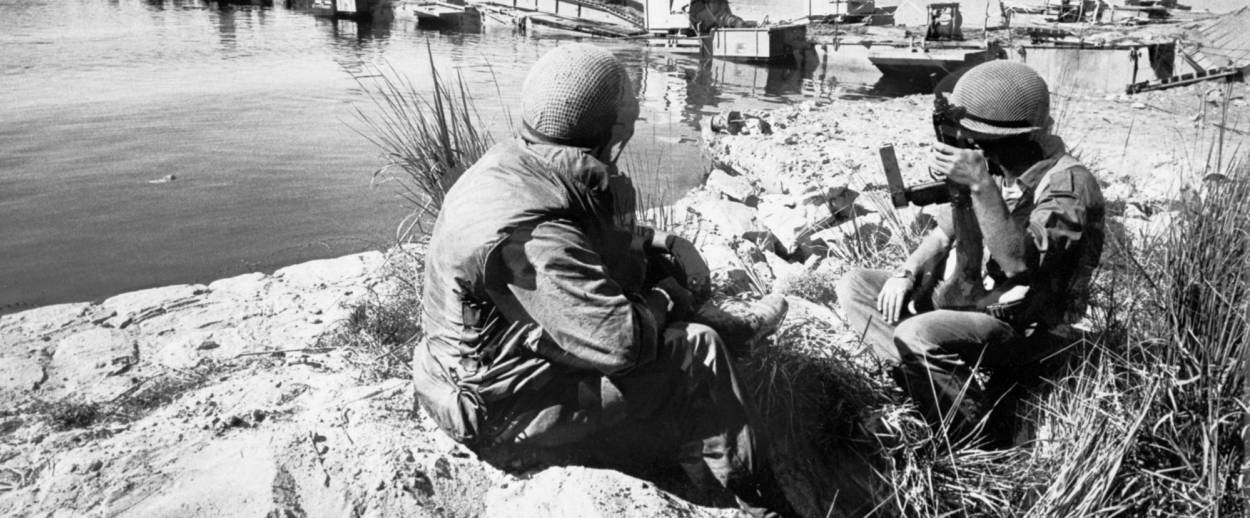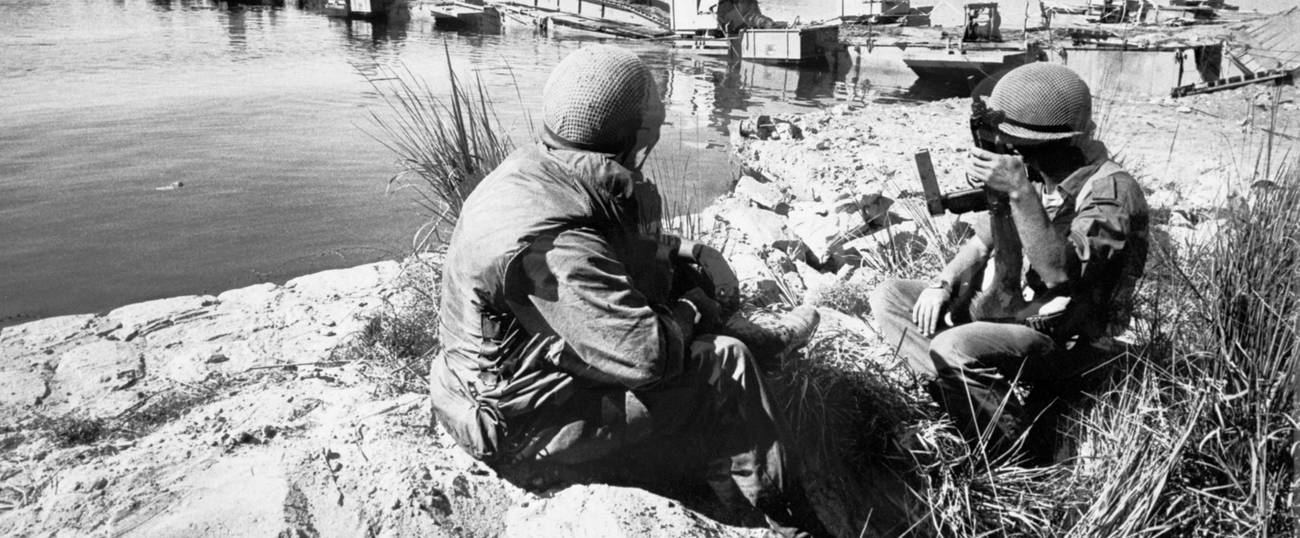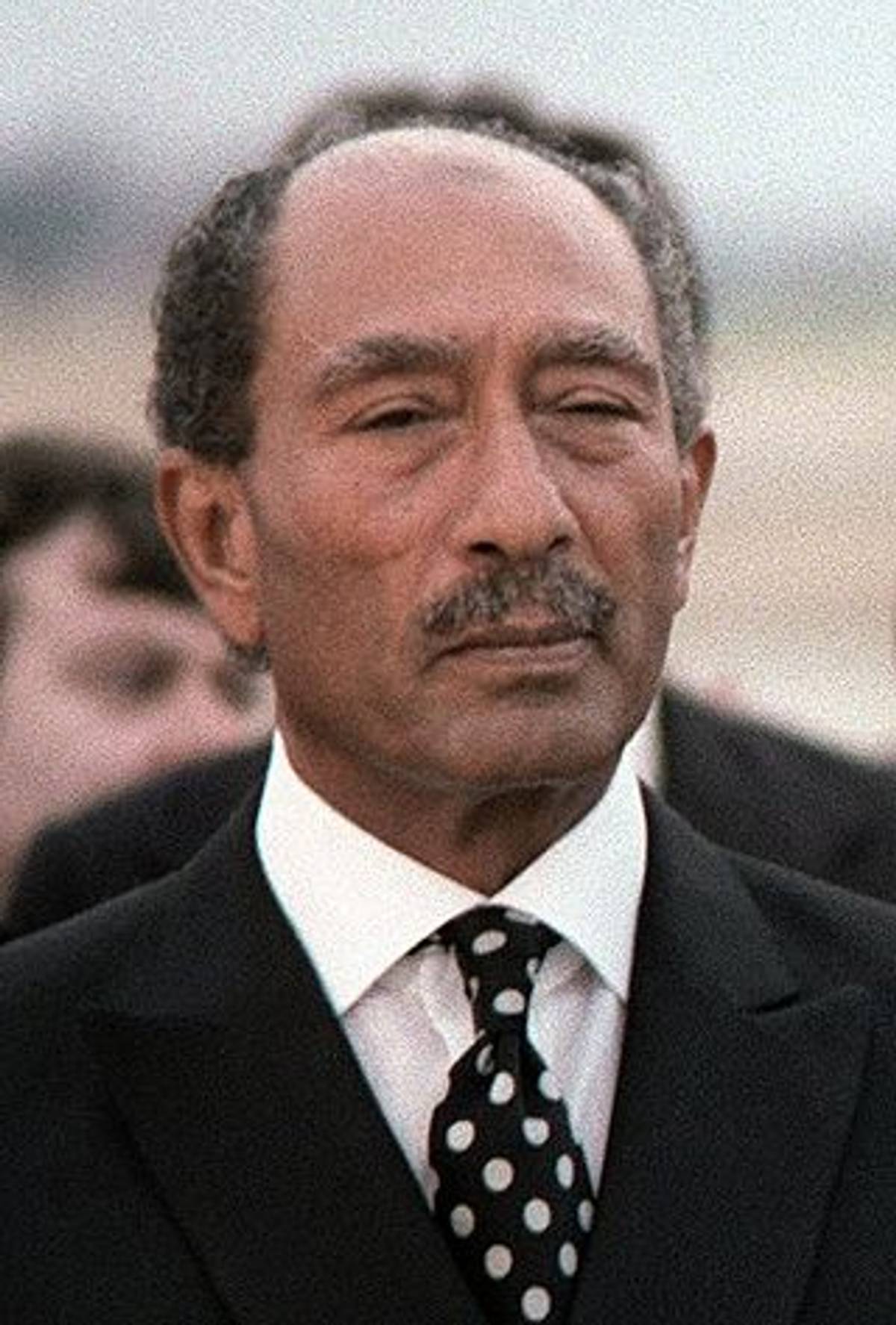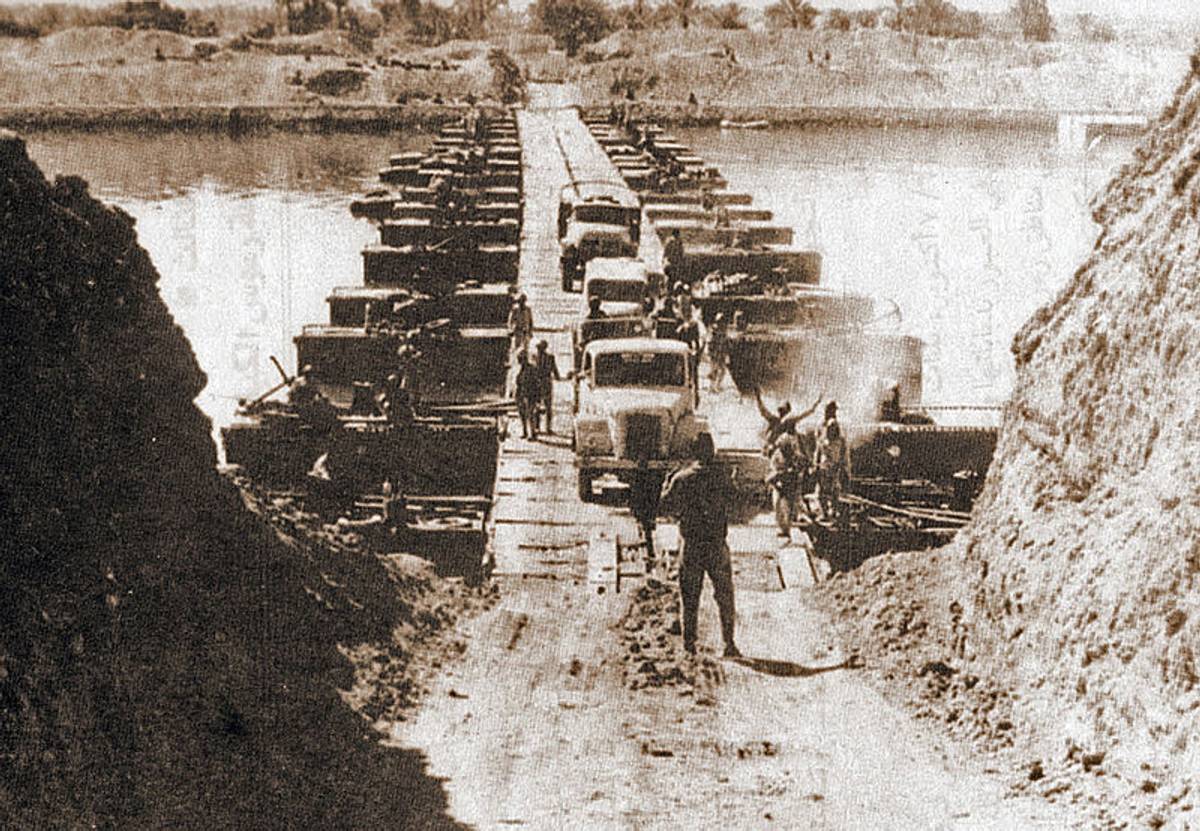Newly Declassified CIA Briefings Show the U.S. Didn’t Really See the Yom Kippur War Coming
One report claimed ‘neither side seems bent on starting hostilities’




No one saw the Yom Kippur War coming.
The Syrian and Egyptian attack on the Israeli-held Golan Heights and Sinai peninsula on Oct. 6, 1973, came as an unpleasant surprise to Israel’s intelligence and military command. The entire Israeli government was seized with a nearly fatal complacency that cost Prime Minister Golda Meir and the once-beloved Defense Minister Moshe Dayan their political careers, and it took nearly three weeks for Israel to neutralize the two invasion forces.
A less appreciated aspect of the conflict is that Egyptian president Anwar Sadat and Syrian president Hafez Al-Assad pulled a fast one on the United States, too. It’s long been established that the CIA and the broader U.S. intelligence apparatus didn’t really believe that the Middle East would erupt in war in October of 1973. Now, a couple of newly declassified CIA documents have exposed the true depth of the U.S.’s cluelessness during the run-up to the conflict.

On Aug. 24, the CIA published over 2,500 of the agency’s presidential daily briefings from the period between 1969 and 1977, including the president’s briefing from Oct. 6, 1973, the day of the Yom Kippur War’s outbreak. The briefings from the days before the war now read like some of the all-time great exhortations toward analytical humility and circumspection. The world was mere hours away from one of the most dangerous crises of the entire post-War era, a U.S.-Soviet proxy conflict that involved the largest tank battles since World War II, and the U.S. didn’t really see it coming.
The newly declassified briefings show how even the most tuned-in and informed actors can be completely oblivious to an impending turning point in history.
Let’s begin with the daily briefing from October 5, 1973, the day before the Yom Kippur War began. Things were heating up in the Middle East, with both Egypt and Syria mobilizing troops for what appeared to be large-scale military exercises. But the CIA believed a catastrophe was far from imminent. At that point, Langley didn’t think the Egyptians and Syrians had any particular intention of starting a war.
The military exercises underway in Egypt seem to be on a larger scale and are being conducted more realistically than previous ones but they do not appear to be preparations for an offensive against Israel.
Whew! If anything, Israeli over-reaction was the greatest concern:
Cairo may have put its air defense and air forces on alert as a precaution against an Israeli reaction to the initial phase of the exercise.
The briefing on Oct. 6, which also includes a detailed and surprisingly fascinating report on the Soviet grain harvest, was similarly sanguine: “Neither side seems bent on starting hostilities,” the CIA concluded. But the briefing also suggests that intelligence analysts had the nagging suspicion something else might be going on. “A military initiative at this time would make little sense for Cairo or Damascus,” the report feels the need to clarify, before once again pointing to an Israeli false start as a source of potential conflict: “The Syrians’ fears [of a possible Israeli attack] could lead to a mobilization of their defenses, which in turn could alarm and galvanize the Israelis. Such a cycle of action and reaction would increase the risk of military clashes which neither side originally intended.”

As Amir Oren recounted in Haaretz, the Oct. 6 briefing is a comedy of errors: the CIA said there was no evidence the Soviet Union had delivered SCUD missiles to the Egyptians. This was untrue, as the Egyptians launched SCUDs at Israeli positions during the tail-end of the war, under the supervision of Soviet military advisers. The briefing notes that the Soviets were evacuating personnel from Damascus and Cairo because of rising tensions in the region: “The Soviets might be using the excuse of rising tensions to reduce their presence without annoying the Egyptians,” the briefing optimistically suggests. In reality, the Soviets already knew of Egyptian and Syrian intentions, and wanted to evacuate their staff to safety before the war began.
The October 6 report belatedly corrects its own astounding wrongness. It includes an alarming addenda on its opening page, an alarming glimpse into the confusion of history unfolding in real time. “LATE ITEM: [REDACTED] information from ‘good sources’ that Egypt and Syria are planning a coordinated attack across the Suez Canal and the Golan Heights before nightfall today. He said a partial mobilization of the Israeli Defense Force is under way. We have no information that would confirm the Israeli reports of an imminent attack.”
The Yom Kippur war would last until October 25, by which point the Israelis had lost nearly 2,700 troops, repelled an initially successful Egyptian attack across the Suez Canal, encircled the Egyptian Third Army, and moved to within 100 kilometers of Cairo and 20 kilometers of Damascus. The war would set the stage for Israel’s peace agreement with Egypt, which is now one of the cornerstones of Middle Eastern politics and international affairs more generally. It also marked the last full-scale clash between Israel and Arab state militaries.
Previous: Revisiting the Yom Kippur War 40 Years Later
Related: The Jew Who Turned the Left Against Israel
Armin Rosen is a staff writer for Tablet Magazine.